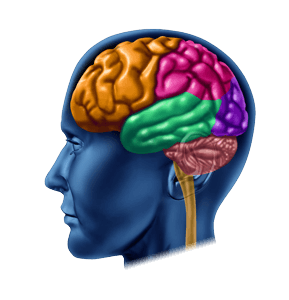
Brain vs. Ear…does it make a difference in Vestibular Rehabilitation (VR) Protocols and Efficacy?
Published on: April 2, 2013
Does the location of the lesion effect Vestibular Rehabilitation treatment protocols and outcomes? Why do some patients have spontaneous central compensation and others do not? Why do some patients have a faster and more successful recovery than do others? Although, we have recognized the location of the lesion as a critical variable, thanks to the recent publication by Becker-Bense et al (Vestibular compensation in acute unilateral medullary infarction. Neurology 80, 2013; 1103-1109) we now have physiologic documentation with PET scans.
protocols and outcomes? Why do some patients have spontaneous central compensation and others do not? Why do some patients have a faster and more successful recovery than do others? Although, we have recognized the location of the lesion as a critical variable, thanks to the recent publication by Becker-Bense et al (Vestibular compensation in acute unilateral medullary infarction. Neurology 80, 2013; 1103-1109) we now have physiologic documentation with PET scans.
The inability of clinical diagnostic procedures, especially reduced caloric response, to differentiate labyrinthine end-organ from neuropathy or central vestibular pathway involvement has always presented a challenge. Unlike the auditory system there is no definitive clinical assessment method of identifying whether the vestibulopathy or reduced labyrinthine response is sensory or neural. Do those patients with more peripheral or ear lesions i.e. vestibular neuritis, produce a compensation differently than those we’ve suspected a centrally mediated dysfunction i.e. at the level of the vestibular nuclei? Should we employ different Vestibular Rehabilitation Therapy protocols based on the location of the deficit?
The researchers looked at two groups of patients, those with a diagnosed acute peripheral vestibular loss vs. those with radiographically confirmed acute brainstem infarct. The resulting PET scans showed varying areas of the loci of compensation. The subjects with peripheral involvement showed compensation within the cortex and the infarct patient’s compensation was largely brainstem and cerebellar. This may help explain why numerous investigators (Balaban, Furman, Whitney, Herdman, Gans and others) have advocated the use of concentration and attention as facilitators of central compensation. Balaban’s theory of engaging the cortex throughout therapy now has been validated beyond our anecdotal experience with patients.